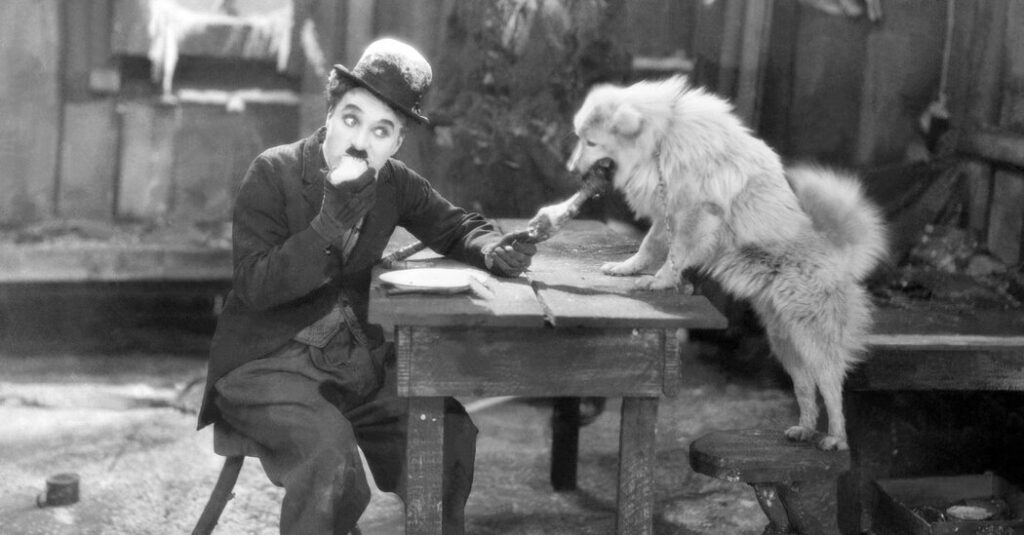
To me, and to many of the voters, I suspect, those movies clearly belong in the company of more established classics like “Citizen Kane,” “Vertigo” and Yasujiro Ozu’s “Tokyo Story.” But the presence of newly consecrated masterworks also changes our understanding of the old ones, refreshing them with new meaning. You see new patterns and affiliations when the poignant household observations of “Tokyo Story” are in conversation with the rigorous attention to domestic alienation in “Jeanne Dielman.”
DARGIS I think that’s exactly right. Akerman and Ozu and Renoir and Burnett are all giants. That said, I think the overall list is too narrowly shaped by respectable, consensus favorites from two familiar traditions: Hollywood and the art film. That pretty much defines my selections, too (I’ll share them below), and I wish I’d made room for weird, messy, disreputable movies, for a genre masterwork like George A. Romero’s “Night of the Living Dead,” a movie that is forever lodged in my being, and for more avant-garde filmmakers.
Much of this is about the creation of taste and how films are categorized and elevated, packaged and sold, and how and when they cycle in and out of favor. “Citizen Kane” dominated for so long not simply because it’s a masterwork, but also because Welles was a film martyr who legendarily fought Hollywood, and he was a ubiquitous cultural presence as film studies were becoming institutionalized. Importantly, “Kane” was repeatedly shown on broadcast television, and it was a repertory-house staple. Availability also may help explain why “Vertigo” — which was restored in 1996 to wide acclaim — rose to the top in 2012.
I assume that availability at least partly clarifies why there is just one silent movie on the critics’ Top 10: Dziga Vertov’s 1929 “Man With a Movie Camera.” Scandalously, there are only nine silent movies total on the entire list of 100 films, none made before the 1920s. If this list looks different than it did 10, 20, 30 years ago, it’s less because critics and directors are now hewing to some phantom politically correct agenda; it’s because of factors like the decline in rep houses, the rise of film festivals, shifts in home entertainment, changes in the industry and in film schools. The mainstreaming of feminist film theory helped “Jeanne Dielman,” but surely so did the fact that it’s now streaming, including via the Criterion Collection.
I also assume that D.W. Griffith’s “Intolerance” (which tied for 93rd place in 2012) fell off the list not because the poll’s contributors are in P.C. lock step or worried about rebuke. Rather, the kind of spurious formalism that long dominated film discourse — and which insisted that the racism in Griffith’s “The Birth of a Nation” was less important than his artistry — is no longer tenable to many of us. There are, after all, many other filmmakers to celebrate instead. It’s notable that for this poll, only the directors showed love for Roman Polanski, choosing “Chinatown” as the 72nd greatest — it hasn’t changed in 10 years, but everything else has.
You may also like
-
Interview with Gui Pimentel and Rodrigo Duarte
-
Celebrating Diversity and Excellence: Mrs Universal Empire’s International Gold Awards Ceremony in Muscat
-
Ari Kim: Crafting Cinematic Tales in the Heart of NYC
-
Mike Mizzle: The Rising Star Taking Social Media by Storm!
-
Jose Comelon: The Giant of Children’s Content, Number 1 on Netflix!

